TCP/IP: What Is It And How Does It Work?
The Transmission Control Protocol and the Internet Protocol create what is known a TCP/IP model. Learn how it works and what functions it serves.
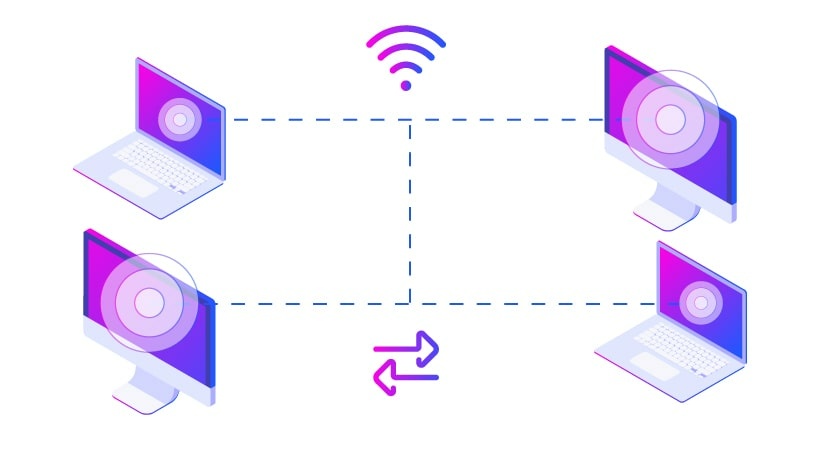
When people use computers to communicate with each other, it all seems relatively simple, but it’s actually pretty complex. One of the things that enable communication is an internet protocol suite called TCP/IP, which is a set of communication protocols that lets computers know where to send information.
Computers need a standardized method that works across the board to manage communication, and that’s precisely where TCP/IP comes in. It’s practically automatic and built into most computers today, which is why most people don’t even know it’s there.
TCP/IP is standard on the internet and in most independent networks, but more importantly, it’s nonproprietary, meaning no one controls it.
This post explains in greater detail what TCP/IP is and how it works. Moreover, we explain what it has to do with the Internet Protocol, or IP, and the differences between the two.
In short, IP is a set of rules that facilitate communication between networks. More specifically, it’s responsible for delivering data packets from one specific location to the predetermined destination computer. Now that you understand what IP is, let’s talk about what TCP is.
What is TCP?
TCP stands for Transmission Control Protocol, which was created in the 1970s by the Defense Advanced Research Projects Agency (DARPA) of the US Department of Defense. In fact, the entire TCP/IP protocol suite was created by two DARPA scientists – Vint Cerf and Bob Kahn.
Out of all available communication methods, theirs became the global standard and is now maintained by the Internet Engineering Task Force (IETF), the nonprofit agency responsible for developing internet standards.
The TCP is a protocol just like IP. However, TCP is the internet protocol that connects a specific server to a particular client. So, together, the Transmission Control Protocol and Internet Protocol introduce the rules that allow computers to communicate via the internet.
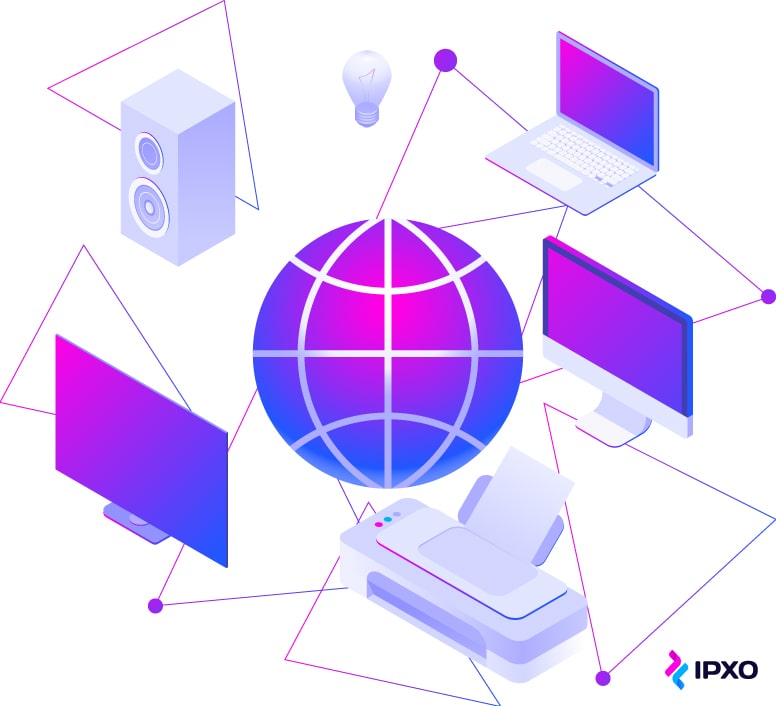
But what exactly does the Transmission Control Protocol do in this equation?
Well, information online travels via data packets – the same data packets that the IP makes sure reach the right place. The information is effectively separated into these packets for easier and faster travel. Once the packets arrive at their intended destination, they get assembled back into that same information.
The TCP protocol ensures that:
- All data packets are reassembled in the proper order
- No data packets are lost
- There are no delays that could affect the quality of data or the reassembly process
In other words, TCP collects and reassembles data packets while IP ensures data packets are delivered to the right destination.
TCP vs. IP
Although the Transmission Control Protocol and the Internet Protocol are two completely different protocols, they are typically grouped together due to the vast importance of TCP/IP and because they are often meaningless without each other.
That said, each of the two main protocols in this protocol suite does a different thing. IP obtains the address to which data needs to be sent. Once the IP address of the destination is known, TCP ensures data reaches it.
What’s more, the two are entirely different types of protocols. While IP is one of the leading communications protocols in the world, TCP is a transport layer protocol.
This difference in the type also means that the two main protocols work on different layers within the TCP/IP system that uses four abstraction layers. Two of these layers are the network layer and the transport layer. IP works on the former and TCP – on the latter.
In the end, the responsibilities of the two protocols are different:
- IP is responsible for locating the proper path for delivering packets
- TCP is responsible for end-to-end delivery and the correction of errors on that path
Consider the following analogy to fully understand how these two protocols are so different yet codependent.
The IP is the phone number assigned to a phone, while the TCP is the technology that allows the phone to ring and for people with different phone numbers to talk to each other. The phone number is useless unless there’s a way for you to speak to a person on the other end of the line, while the technology facilitating the communication is equally meaningless without the phones and numbers using it.
What is in the TCP/IP protocol suite?
TCP/IP was developed so computers would have a way to send data to each other. It’s named after the two main protocols we’ve discussed already – TCP and IP. However, TCP/IP is a protocol suite containing many other protocols, including three more that are fundamental to this model:
- Internet Control Message Protocol (ICMP)
- Internet Group Management Protocol (IGMP)
- Address Resolution Protocol (ARP)
Network devices usually use the ICMP to send error messages. The IGMP allows hosts and routers from IPv4 networks to establish multicast group memberships. And the ARP helps discover link-layer addresses.
Some other common protocols in the TCP/IP model include:
- File Transfer Protocol (FTP)
- Hypertext Transfer Protocol (HTTP)
- Simple Mail Transfer Protocol (SMTP)
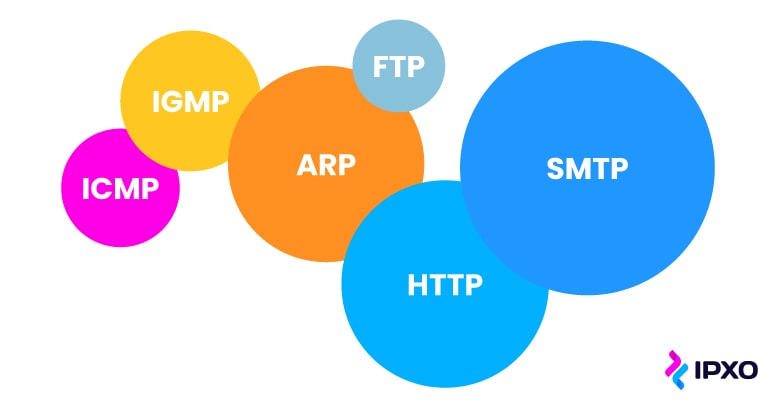
The FTP transfers files on a computer network from a client to a server. As most of us know, HTTP is the foundation for data communication on the web and the less-secure predecessor of HTTPS. As for SMTP, it’s the protocol that facilitates sending and receiving emails.
Naturally, these are just some of the main protocols within this model. There are many others, each with its own function and importance for the whole system.
How does TCP/IP function?
TCP/IP uses something called a client-server communication model. In it, the user or the device (the client) receives a service from another computer (the server) within a network. Its goal is to send a message from one device to another without it being broken or corrupted but still delivered promptly.
The whole protocol suite places the most emphasis on accurately completing its primary task. And since an entire message can easily be corrupted, it always breaks it down into the data packets we’ve already discussed. This system ensures that the protocol doesn’t have to send the entire message all over again in the case of a corrupted or broken packet.
The system works as each packet can take a different path to arrive at the destination, where all packets reassemble.
TCP/IP also divides each of its tasks into distinct abstraction layers, two of which we’ve already mentioned. Each layer in this system has a different function, and data has to pass through all of them to get to its destination.
Once it does, TCP/IP can go through the same layers in reverse to correctly reassemble the packets. After, the user gets the entire message, just as it was when it was sent.
This might sound complex and unnecessary, but the four-layer system ensures communication is standardized and possible for the entire planet. That way, all hardware and software can communicate with each other, regardless of their manufacturer or the operating system in use. In other words, it would be impossible to communicate with others properly without this standardization.
As the four-layer solution is essential, let’s cover how it works and what layers it contains.
What is the TCP/IP model?
The four-layer system of the TCP/IP model consists of the following four layers:
- Network access layer
- Internet layer
- Transport layer
- Application layer
Each layer has its own protocols, which make up a suite of protocols. Each layer also has its own functions that allow this entire system to work well.
Network access layer
The network access layer is also known as the data link layer, the physical layer or the network interface layer. It’s the lowest layer in the TCP/IP layer hierarchy.
It deals with the physical part of the whole communication process. In other words, it handles the hardware infrastructure that allows the computer to communicate with another.
Within a computer, the physical layer deals with things like the ethernet cable, the network interface card, a wireless network and device drivers.
Besides this, the data link layer also includes the technical infrastructure that enables network connections.
The physical layer helps define how data transmits physically on a network, but it’s also responsible for data transmission between devices that are part of that network.
Internet layer
The internet layer, or the network layer, controls traffic routing and facilitates flow control. The second layer in the TCP/IP hierarchy ensures data sending is always accurate and fast. Because of this function, data always reaches the destination, regardless of its route.

Furthermore, the network layer also handles the reassembly of packets once they have reached their destination address.
However, if there’s too much internet traffic, the layer needs time to send information. Of course, thanks to that time, the chances for file corruption are lower.
The network layer deals with several protocols, including routing protocols and multicast group management.
Transport Layer
The transport layer is responsible for providing a reliable data connection between devices. In other words, the transport layer performs the following tasks:
- Divides data into packets
- Validates packages received from another device
- Ensures that another device acknowledges the packets
This is understandably a much broader function as it includes various other processes. For instance, as the transport layer divides a message into packets, it must also ensure they arrive at their destination intact, so the message stays the same and uncorrupted.
The transport layer is the one that includes the TCP protocol, but it also contains the User Datagram Protocol, as it replaces the TCP on special occasions. That said, the User Datagram Protocol is typically less reliable as it doesn’t ensure that every data packet reaches its destination. That’s precisely why TCP is the standard protocol within this layer.
Application layer
The application layer includes all the applications you need to use to access the network and receive communication. The application layer is important for the user for the simple reason that it’s the part you actually see.
In other words, the application layer consists of apps like messaging applications, cloud storage apps and email services.
This layer performs various tasks, including:
- Identifying communication partners
- Synchronizing communication
- Allowing users to log into remote hosts
The layer includes various protocols, including HTTP, FTP and SNMP (Simple Network Management Protocol).
All in all, thanks to the application layer, communication apps don’t have to worry about other layers we’ve discussed, and they get to have standardized data exchange.
TCP/IP vs. the OSI model
Now that we’ve explained the TCP/IP model, it’s worth briefly discussing the OSI model – the Open Systems Interconnection Model. The OSI model is only a conceptual framework that describes the typical functions of a networking system.
However, as the OSI reference model describes how apps can communicate online and as it shares some of the same layers from the actual TCP/IP four layers model, it’s worth noting the seven layers it uses:
- Physical layer: Transfers raw bits through the hardware
- Data link layer: Defines the exact format data has within the network
- Network layer: Defines the physical path data must take to reach the destination
- Transport layer: Moves the data with the help of transmission protocols like TCP
- Session layer: Controls ports and sessions and maintains the connection
- Presentation layer: Ensures data uses the proper format
- Application layer: Where apps access network services, the exact apps you use
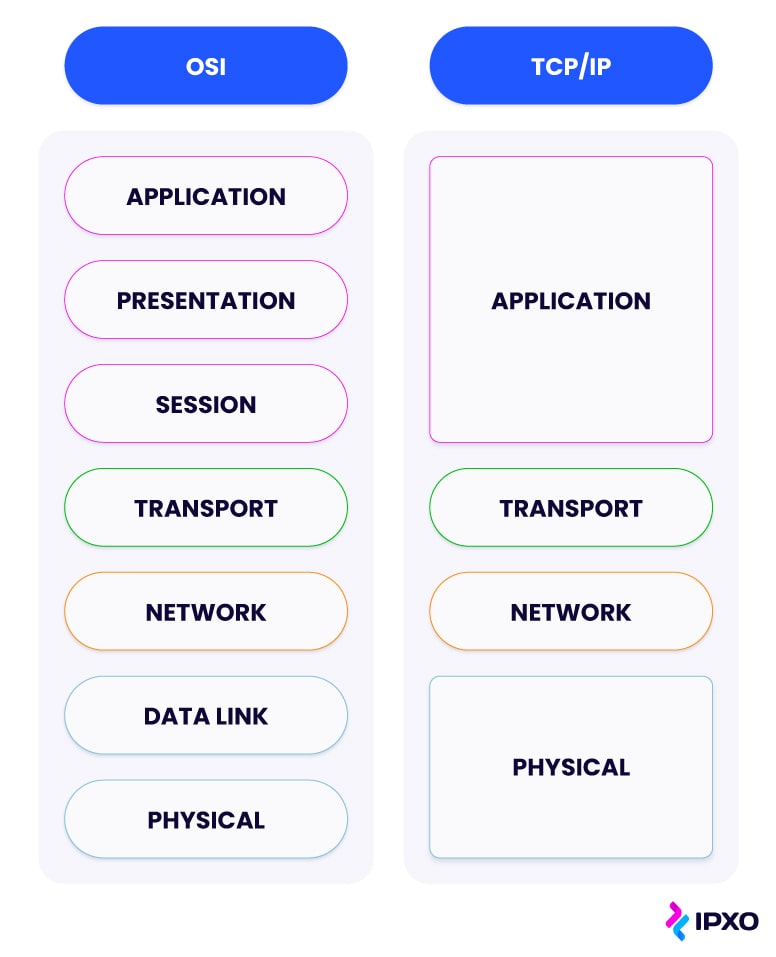
With which IP addresses does TCP/IP function?
In short, TCP/IP works with pretty much all types of IP addresses. It doesn’t matter if you’re using IPv4 or IPv6, as you’re likely already on the TCP/IP model. After all, it is the standard model for the entire internet.
Even though there are some differences in how specific IP addresses affect protocols and your privacy, like in the case with static and dynamic addresses, or local and public addresses, they all still use the TCP/IP model.
You don’t even have to know about TCP/IP in most cases, as you don’t have to set it up. However, you might have to tell a specific app what your TCP/IP address is in some rare instances. Apps discover this automatically in most cases, but sometimes it has to be done manually, and that’s when you have to look up your TCP/IP properties.
Conclusion
TCP/IP is the primary protocol stack that enables communication throughout the entire internet and other computer networks.
This set of communication protocols lets your device easily communicate with any other on the web and enables devices within your company to communicate with each other if they are on an independent network.
What’s more, it’s the standard all devices use, which means they all can easily recognize each other on the web, regardless of each device’s manufacturer or operating system.
TCP/IP is effectively the most widely used protocol suite on the internet, and most of us don’t even know about it. Even though you don’t have to set it up, and even though it runs automatically, it’s worth learning about it. After all, without it, our devices would literally be lost on the web, not knowing where to send messages.
About the author
Table of contents
What is TCP?
TCP vs. IP
What is in the TCP/IP protocol suite?
How does TCP/IP function?
What is the TCP/IP model?
Network access layer
Internet layer
Transport Layer
Application layer
TCP/IP vs. the OSI model
With which IP addresses does TCP/IP function?
Conclusion
Related reading
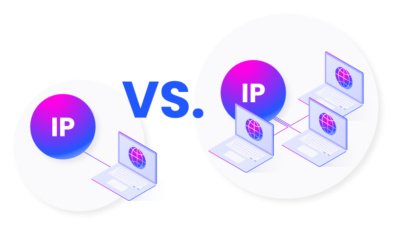
Dedicated IP vs. Shared IP Addresses for Email Marketing
What are the roles of dedicated and shared IPs in email marketing? Which option offers more benefits for businesses? We have the answers for you.
Read more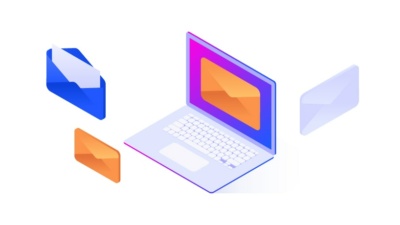
IP Warming for Email Campaigns: What Is It and Why Is It Important?
What is IP address warming? How does it work? What kinds of challenges can you face when warming IPs? How can you benefit from this practice? We've got all…
Read more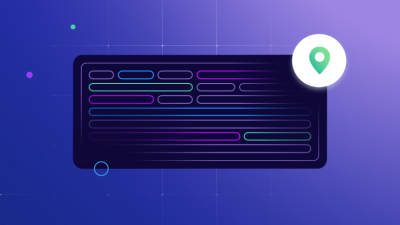
IPv4 Packet Header: Format and Structure
When you think about it, the IPv4 packet format is truly fascinating. Learn about the elements at play with this comprehensive guide.
Read moreSubscribe to the IPXO email and don’t miss any news!
